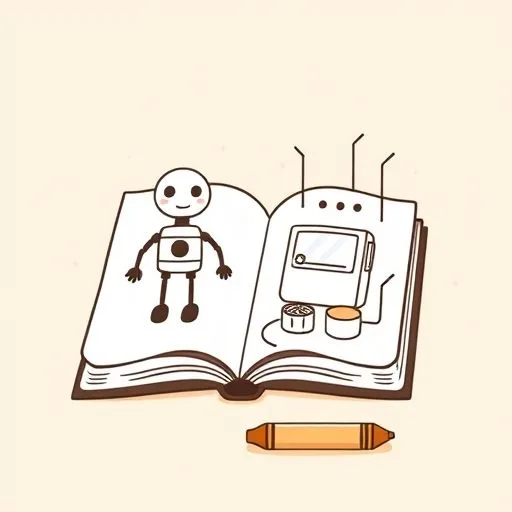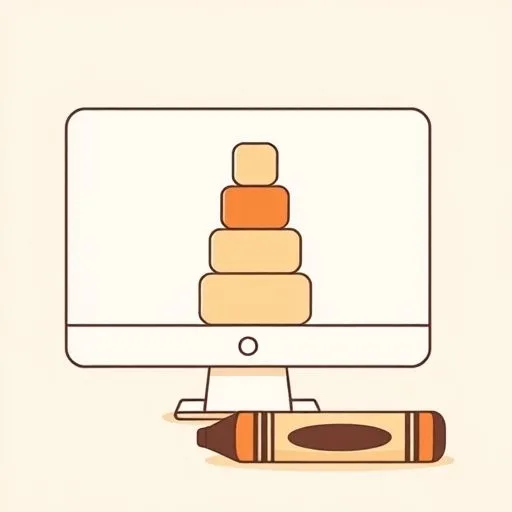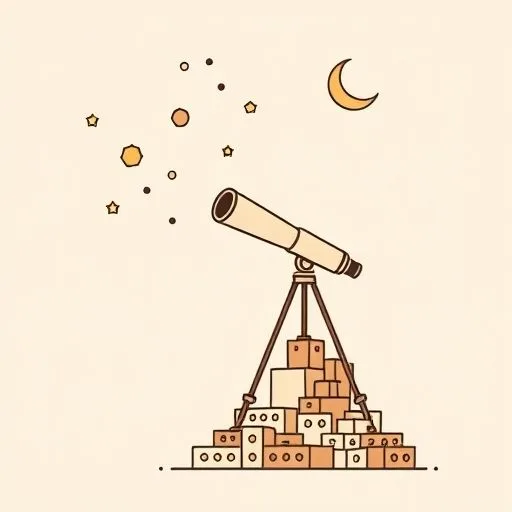
On those afternoons when the sun plays peek-a-boo through our apartment windows, my daughter pulls out the box of crayons—the ones with the broken tips, the ones that have seen the full spectrum of childhood emotions. Today, she’s drawing a robot that can sing ‘Baby Shark’ while cooking dinner. ‘Appa, could this really exist?’ she asks. Yesterday’s science fiction is today’s bedtime story—the revolution in software development is how our children’s playgrounds will expand beyond the neighborhood green spaces.
How Are AI Tools Shaping Kids’ Playgrounds?

There was once a time when coding meant learning a language more complex than tangled Korean kinship terms—now the tools are as natural as riding a bike.
The AI agents that help children build these elaborate sandcastles in the virtual sky? Imagine orange juice-sticky fingers sketching a game idea. AI tools become digital crayons—translating messy reality into playable code!
We celebrate the ‘aha’ moment—the ‘wow, I did that!’
When kids scribble outside the lines, they teach AI to be more imaginative. Their mistakes are breakthroughs—the software development process mirrors their own learning journey.
How Can AI Tools Transform Learning Through Play?

“When I grow up, will I need to build robots?” The most beautiful question—the barriers to learning are crumbling like butter cookies shared at the playground.
AI agents automating programming? It’s like riding a bike without training wheels—thrill, freedom! Future paths we never imagined. The joy is guiding them to ask ‘how’—not just memorize commands.
And what about future jobs? The irony is the tools changing work—built by the children creating the future. We must teach them the playground is for negotiation, empathy, and collaboration.
Why AI Tools Are the Glorious Future of Imagination

When my daughter asked why the moon followed us home, she saw the world as her playground. Now AI tools act as a telescope—a playground for all.
AI is not just about making software—it’s about making joy! Research shows it reduces coding time by 55%—meaning more time for creativity.
We’re teaching our children to not fear change—but to dance with it. The most resilient? They adapt like playground adventurers—swing, slide, leap, and repeat.
How Will AI Tools Help Kids Ask the Right Questions?

“Why do you worry about the future?” My daughter asked, pointing to tomorrow. AI tools are helping them to be curious about everything—automating mundane tasks so they can build fantastical sky-high sandcastles.
Asking questions gives them superpowers—adaptability to any future world.
Let’s grab shovels and dig in the dirt together. Raise architects of magic—not just code. Plant seeds of hope and laughter with AI tools as our partners.
Source: Revolutionizing Software Development: Insights from Replit CEO Amjad Masad, NextBigWhat, 2025-09-27
